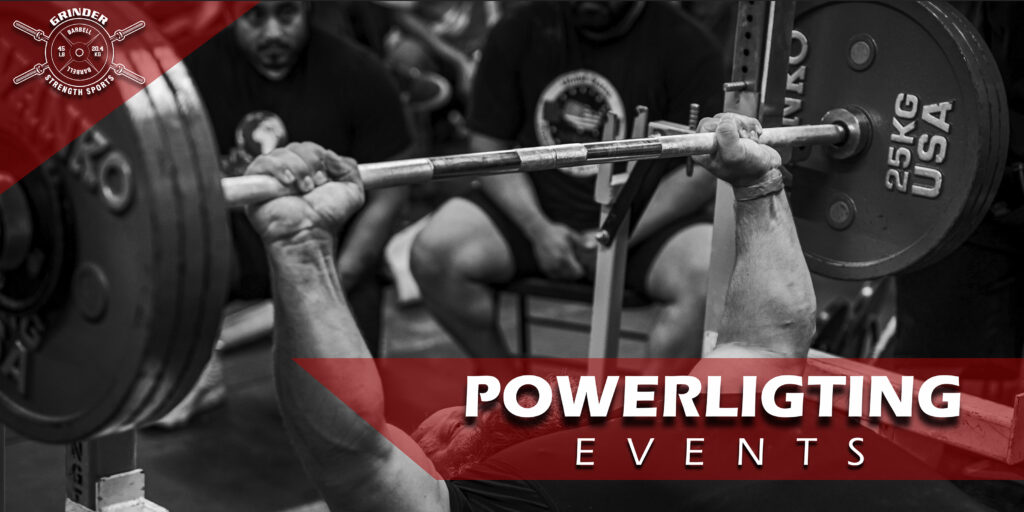Choosing the right exercises and incorporating variations is essential for targeting specific muscle groups, addressing weaknesses, and enhancing overall performance in the squat, bench press, and deadlift. Proper exercise selection can lead to significant improvements in strength, technique, and injury prevention.
Exercise Selection
Selecting the appropriate exercises involves understanding the primary lifts and the supporting exercises that can help improve them. Here are key considerations for each main lift:
Squat:
- Primary Exercise: Back Squat.
- Supporting Exercises:
- Front Squat: Enhances quad strength and upright torso positioning.
- Pause Squat: Improves control and strength at the bottom of the squat.
- Box Squat: Teaches proper depth and explosive power from the bottom position.
- Bulgarian Split Squat: Targets unilateral leg strength and balance.
Bench Press:
- Primary Exercise: Flat Bench Press.
- Supporting Exercises:
- Incline Bench Press: Focuses on the upper chest and shoulders.
- Close-Grip Bench Press: Targets the triceps and helps with lockout strength.
- Board Press: Addresses sticking points by limiting the range of motion.
- Dumbbell Bench Press: Improves stability and targets supporting muscles.
Deadlift:
- Primary Exercise: Conventional or Sumo Deadlift.
- Supporting Exercises:
- Romanian Deadlift: Enhances hamstring and glute strength.
- Deficit Deadlift: Increases strength from the floor by extending the range of motion.
- Rack Pull: Focuses on lockout strength by reducing the range of motion.
- Stiff-Leg Deadlift: Targets the hamstrings and lower back.
Variations
Incorporating exercise variations can address specific weaknesses and enhance overall performance. Here’s how different variations can benefit each lift:
Squat Variations:
- High-Bar Squat: Places more emphasis on the quads and reduces lower back strain.
- Safety Squat Bar (SSB) Squat: Enhances upper back and core strength, and reduces shoulder stress.
- Tempo Squat: Improves control and time under tension, leading to better form and strength.
Bench Press Variations:
- Spoto Press: Pauses just above the chest to increase time under tension and control.
- Pin Press: Starts from the bottom position to enhance starting strength and power.
- Floor Press: Limits range of motion to focus on the top half of the lift and triceps strength.
Deadlift Variations:
- Trap Bar Deadlift: Reduces lower back strain and emphasizes quad involvement.
- Sumo Deadlift: Reduces the range of motion and places more emphasis on the hips and quads.
- Snatch-Grip Deadlift: Increases the range of motion and targets the upper back and traps.
Addressing Weaknesses
Identifying and addressing weaknesses is crucial for balanced development and injury prevention. Here’s how to target common weak points:
- Sticking Points: Use partial range of motion exercises like board presses or rack pulls to strengthen specific parts of the lift.
- Muscle Imbalances: Incorporate unilateral exercises like lunges, single-leg deadlifts, and dumbbell presses to address asymmetries.
- Core Stability: Strengthen the core with exercises like planks, farmer’s walks, and ab rollouts to enhance overall lift stability and performance.
Enhancing Performance
To enhance overall performance, consider these strategies:
- Variety in Training: Regularly rotate exercises and variations to prevent plateaus and encourage continuous improvement.
- Periodization: Implement periodized training programs that cycle through different phases of volume, intensity, and exercise selection.
- Technique Work: Continuously refine technique with lighter weights and focus on form during warm-ups and accessory work.
By thoughtfully selecting exercises and incorporating variations, powerlifters can target specific muscle groups, address weaknesses, and enhance their performance in the squat, bench press, and deadlift. This approach not only leads to better lifts but also contributes to long-term progress and injury prevention.




Comments are closed